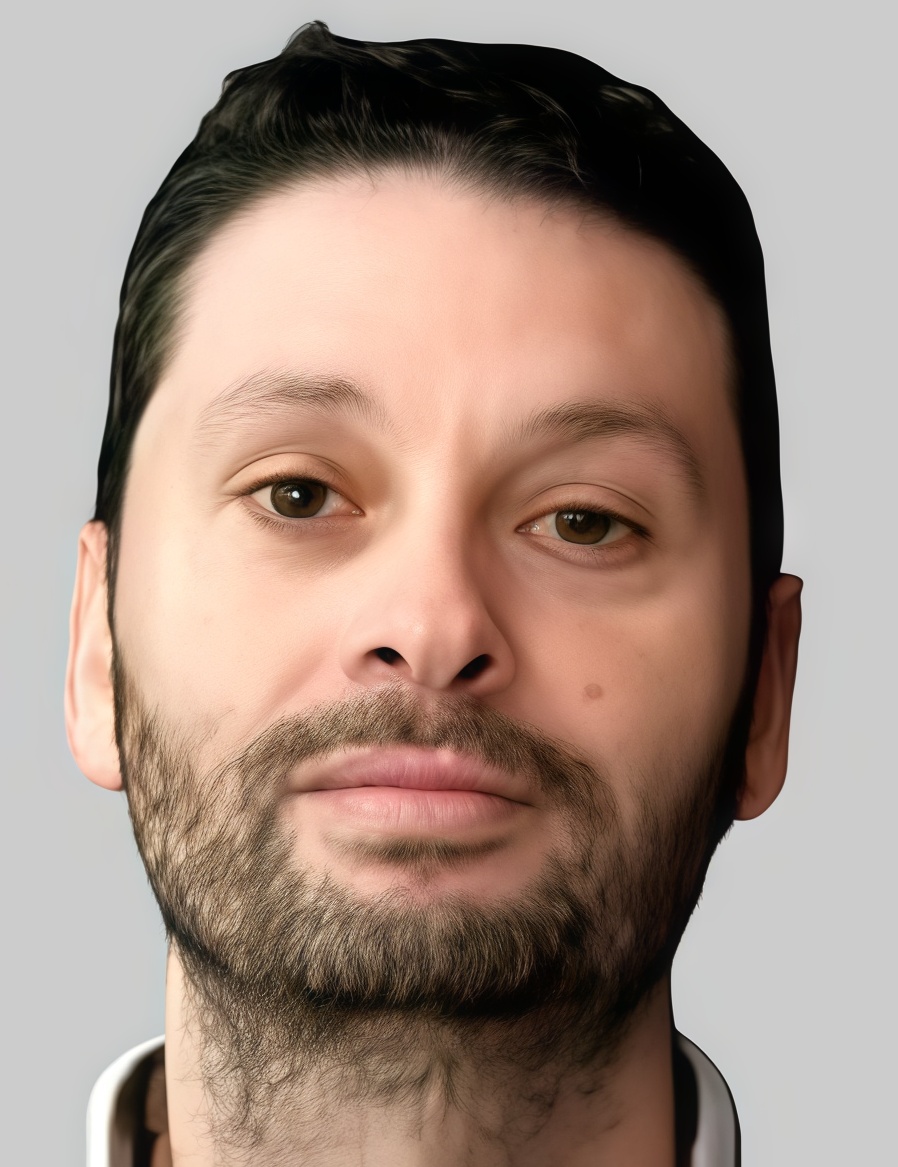

Juan Cabanillas–Gonzalez graduated in Physics at Universidade de Santiago de Compostela in 1999. He got a PhD in Physics from Imperial College London working with photophysics of conjugated polymers with Prof. Donal Bradley. In 2003 he started a post-doctoral stage at Politecnico di Milano with Prof. Guglielmo Lanzani. In 2009 he was appointed Ramon y Cajal fellow at IMDEA Nanociencia.
The group investigates the use of time-resolved spectroscopy (transient absorption and time-resolved photoluminescence) for the understanding and optimization of fundamental processes in organic-based devices. Additionally we fabricate and characterize devices such as polymer laser resonators, polymer waveguides or photodectors. Currently, our research is focused on these topics:
Conjugated polymers for photonics: relation between structure and light amplification properties. We study the optical gain and stimulated emission properties of conjugated polymers with femtosecond transient absorption spectroscopy. We focus on chemical structures designed to promote optical gain upon reducing inter-chain interactions. Examples are conjugated polyrotaxanes with cyclodextrin rings surrounding the backbone, conjugated molecules with bulky side-chain substituents or polymers with self-threading side-chains.
Exciton dynamics in conjugated polymer blends. Host: guest conjugated polymer mixtures coupled by Förster resonance energy transfer are suitable candidates as optical gain medium in laser cavities. Promotion of polymer miscibility and hindrance of loss mechanisms like exciton-exciton annihilation or polaron absorption are crucial for outstanding light amplifying properties. We aim at promoting energy transfer and guest radiative decay rates upon structure and morphology optimization through control of different parameters, (e.g. molecular weights, side-chain substitution, solvents for film processing).
Fabrication and characterization of polymer waveguides and laser resonators by soft nanoimprint lithography. We use soft nanoimprint lithography to transfer periodic patterns onto flexible substrates subsequently coated with conjugated polymer. Upon choosing the appropriate pitch for the periodic pattern we can achieve confinement of the emission in the conjugated polymer film and amplification of the optical cavity modes. This research line is carried out in collaboration with the group of Nanostructured Functional Surfaces at IMDEA Nanociencia.
Fluorescent chemosensors. We investigate the use of fluorescence, amplified spontaneous emission and laser action in cavity resonators as transduction signal for sensing analytes with high sensitivity in the gas or liquid phase. For this purpose we exploit the luminescent properties of electron-rich conjugated polymers and organic dyes and their tendency to undergo fluorescence quenching in the presence of analytes with large electron affinity.